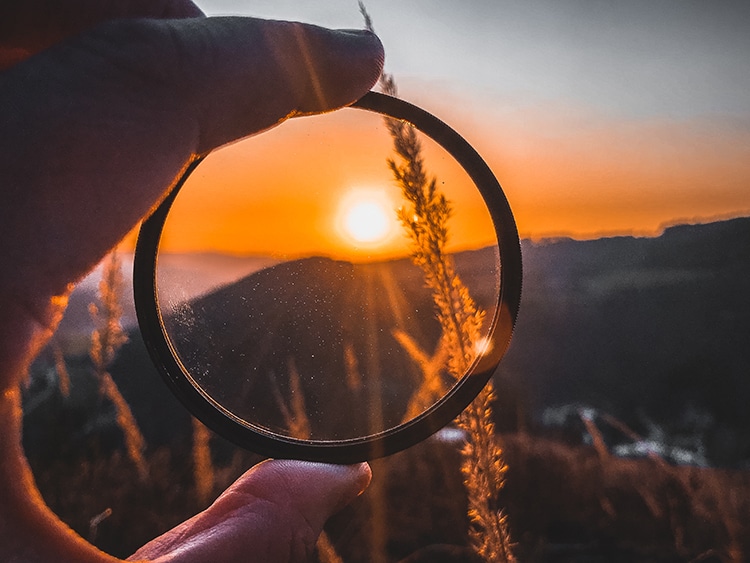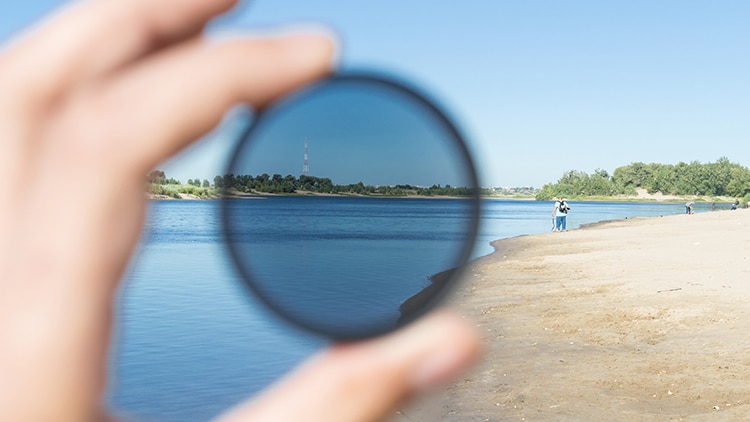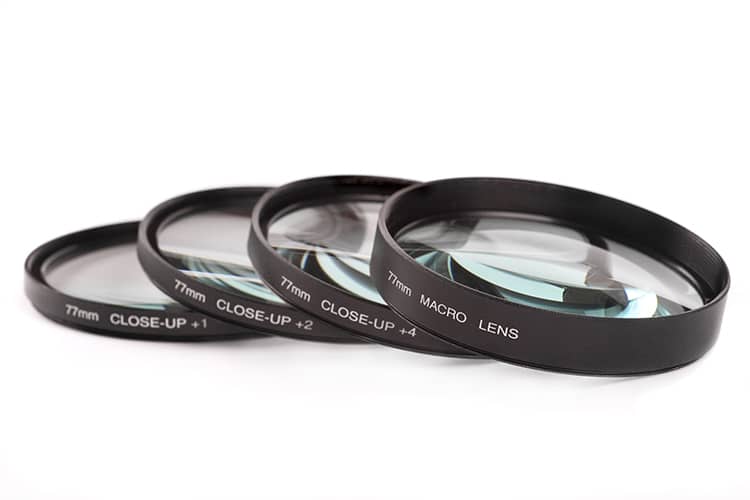Photo:Stock Photosfrom CAVAN-IMAGES/ShutterstockThis post may contain affiliate links.
If you make a purchase, My Modern Met may earn an affiliate commission.
yo readour disclosurefor more info.

Photo:Stock Photosfrom CAVAN-IMAGES/ShutterstockThis post may contain affiliate links. If you make a purchase, My Modern Met may earn an affiliate commission. Please readour disclosurefor more info.
Do you usefilterson your DSLR camera?
From multi-image effects to diffused light, filters andart lenseswill complete your photography kit.
In the days of only film, filters were necessary to help correct the light or increase contrast.

Photo:Stock Photosfrom DARKSOUL72/Shutterstock
Today, Photoshop offers these same advantages (and more) to digital shooters.
They protect your expensive lenses, too.
Read on to discover just some of your options for fun filters and art lenses.

Photo:Stock Photosfrom GIELMICHAL/Shutterstock
These filters give a starry, magical vibe to sunlit scenes or nighttime exposures.
The shape of the resulting stars as seen in the image depend on the tightness of the grid.
These filters come in variable densities corresponding to the strength of the blurring effect.
These filters are also calleddiffusion filtersas they diffuse the light.
Like a polarized lens in your sunglasses, the filter polarizes light as it passes through.
This has the result of intensifying blue skies and enhancing cloud detaila boon for landscape images.
Street photographers use these polarized filters; too.
The polarization allows you to photograph through glass without reflections getting in the way.
These filters reduce the amount of light entering the lens by some amount, depending on the filter density.
Some ND filters are only partial, such as agraduated ND filter.
In this case, one half of the lens is shaded while the other is not.
These are useful for sunsets or other scenes including very bright and very dark shades.
Your image appears in multiples, overlapping and merging at times.
These filters are fun for photographers who want to push their compositional skills.
You will love thepop artresults.
Close-Up Filters
Photo:Stock Photosfrom GIELMICHAL/Shutterstock
Theseclose-up filtersare self-explanatory: they provide extra magnifying power.
Macro lenses can be expensive, but a set of close-up lenses is very affordable.
Most options come in sets with a variety of magnifying strengths which can be used independently or stacked.
The slight distortion and wide view bring up the frame to creativity.
Now, DSLR users can roll the dice too with theHolga lens.
This plastic lens is sold in formats to mount on your favorite cameras from Nikon to Canon.
The results are enchanting.
Pinhole Lens
A post shared by greyfish (@rossjamessellers)
Pinhole photographyis minimalism at its best.
With a very small hole and a long exposure, the results can be magic.
Try pinhole photography with your DSLR by attaching a special art lens and using your camera’s manual parameters.